mobile View, to the German Version tap the flag


- Republic of Fiji
- sovereign democratic republic
- own name: Matanitu Ko Viti
• Flags
• Historical Flags
• Meaning/Origin of the Flag
• Coat of Arms
• Meaning/Origin of the Coat of Arms
• Map
• Numbers and Facts
• History
• Origin of the Country's Name
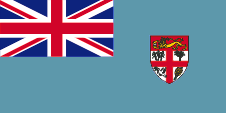
National flag,
ratio = 1:2,
Source, by:
Wikipedia (D)





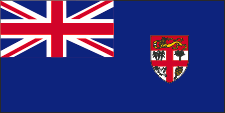
State flag,
ratio = 1:2,
Source, by: Wikipedia (D)



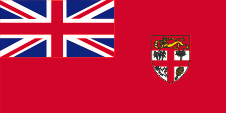
Merchant flag,
ratio = 1:2,
Source, by:
Wikipedia (D)



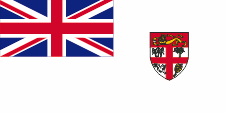
Naval flag,
ratio = 1:2,
Source, by:
Wikipedia (D)



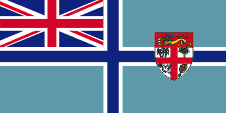
Civil Air Ensign,
ratio = 1:2,
Source, by:
Wikipedia (D)



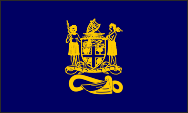
Standard of the president,
ratio = 3:5,
Source, by:
FOTW




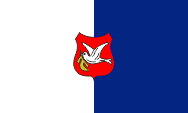
1871–1874,
National flag,
Source, by: hubert-herald.nl



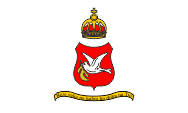
1871–1874,
Standard of the king,
Source, by:
hubert-herald.nl




1874–1970,
Union Flag → quasi national flag,
Flag of United Kingdom,
ratio = 1:2,
Source, by: Wikipedia (EN)





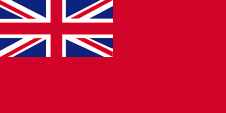
1874–1970,
Merchant flag,
ratio = 1:2,
Source, by: Flags of all Nations





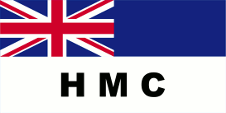
1881–1966,
Customs flag,
ratio = 1:2,
Source, by:
Flags of the World



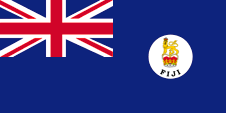
1883–1908,
Flag of the government (state flag),
ratio = 1:2,
Source, by:
FOTW



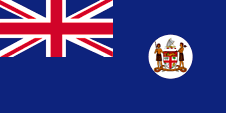
1908–1924,
Flag of the government (state flag),
ratio = 1:2,
Source, by: FOTW



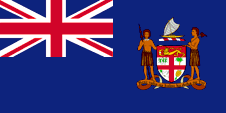
1924–1970,
Flag of the government (state flag),
ratio = 1:2,
Source, by: FOTW



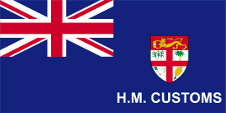
1968–1987(?),
Customs flag,
ratio = 1:2,
Source, by:
Flags of the World



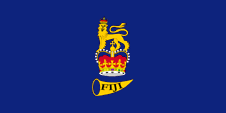
1970-1987 and 1997-2000,
Flag of the Governor General,
ratio = 1:2,
Source, by: FOTW




First and foremost adverts the Union Jack to the former colonial connexions to United Kingdom. United Kingdom introduced a flag system in 1864 in which:
• war ships fly the "White Ensign" (naval flag), a white flag often with an uninterrupted red St. George's-Cross and with the Union Jack in the upper staff quadrant of the flag,
• merchant ships fly a "Red Ensign" (also named "Civil Ensign" => civil flag, the real merchant flag), a red flag with the Union Jack in the upper staff quadrant of the flag, and
• governmental ships fly the "Blue Ensign" (flag for the use by the gouvernment => the actual state flag), a blue flag with the Union Jack in the upper staff quadrant of the flag.
Since 1865 ships of colonial governments were permitted to fly the Blue Ensign with a badge in the flying end of the flag. The respective governments were asked to design appropriate badges. Merchant ships and seafaring persons from colonies were only permitted to use the Red Ensign with a badge, then also named Civil Ensign, if permission has been given to the respective colony by the British admiralty.
Such a badge was often a regional landscape representation placed on a disk, often showing ships, historical events or even a kind of a logo. Very often, a badge also showed the name of the country or a motto. Some British possessions, however, already had a coat of arms from the beginning, or their badge was replaced by a coat of arms over the years. To ensure a uniform appearance in the flying end of the flags, coats of arms and other symbols were displayed on a white disk in the size of the earlier badges. There were also exceptions, because some colonies did not use the white disk and placed their escutcheon or even coat of arms directly on the bunting, sometimes enlarged. Already in the '40s they started to remove the white disk and placed the coat of arms directly or enlarged. This conversion process was done gradually, nowhere at the same time and completely. In some British possessions, flags with the white disc are still in use, in others no more and in some areas are both variants in use, next to each other.
The first badge of Fiji was introduced together with the Blue Ensign in the year 1874. Since 1883 it showed the British lion on a crown and below the name of the country in a white disk. As Fiji got awarded a coat of arms by king Edward VII. in the year 1908, was this layed down on a white disk. This practice was maintained until the year 1932. Thereafter was adoped the complete coat of arms instead of the white disk into the Blue Ensign. The today's flag of Fiji was hoisted up for the first time on the 10th of October in 1970 in context with the independence of the country. It is now pale blue (to remember the flag of the ancient Fiji between 1865 and 1874) and shows still the Union Jack in the upper canton. The fliegenden Ende of the flag carrys now only the blazon. The paler blue should ostensibly symbolize even the ocean.
Source:
Flags of the World,
Die Welt der Flaggen,
Wikipedia (D)

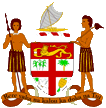
Coat of arms of Fiji,
Source:
Corel Draw 4

The blazon shows other than red George's cross and the british lion agricultural products (sugarcane, coconut tree, bananas) and a pigeon. The pigeon is the symbol and blazon animal of the old Kingdom of Fiji. On the complete coat of arms is to see a canoe above the blazon, and to the right and the left side of the blazon two natives as shield holders with traditional arms. Under the coat of arms the motto: "Rere vaka na kalou ka doka na tui" => "Fear god and honor the king". The coat of arms got awarded on 4th of July 1908 by the British king Edward VII. and stood till today unchanged.
Source:
Flaggen Wappen Hymnen,
Wikipedia (D)

Location:
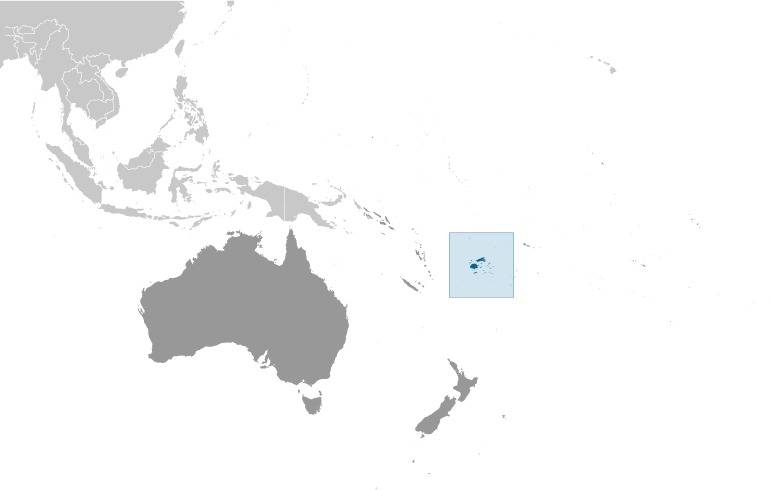
Source: CIA World Factbook
Map of the country:
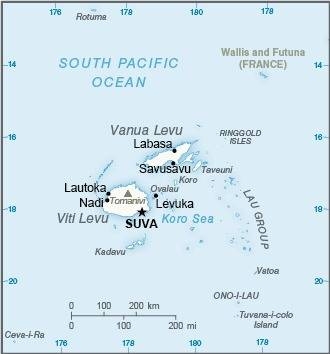
Source: CIA World Factbook

Area: 7.056 square miles
Inhabitants: 890.000 (2019), thereof 57% Fijians (iTaukei, Melanesians), 38% Indians, 1% Rotuma (Polynesians), 1% Europeans, 1% Chinese
Religions: 55% Protestant, 9% Roman Catholic, 28% Hindu, 6% Muslim, 0,7% Non-Religious
Density of Population: 126 inh./sq.mi.
Capital: Suva, 94.088 inh. (2017)
official Languagen: English, Fijian, Hindu
other Languages: Lauan, Rotuman
Currency: 1 Fiji Dollar (F$) = 100 Cents
Time Zone: GMT + 12 h
Source: Wikipedia (D)

1643 · discovered by A. J. Tasman
1865 · evolution of the Kingdom of Fiji
1874 · Fiji becomes a British colony
1879–1916 · settlement of Indian sugarcane workers
1966 · Great Britain grants self administration
10th of October in 1970 · independence, Fiji becomes a member of the Commonwealth
1987 · victory of the Indian National Federation Party in the elections, after that coup d'état of the Melanesian military, Fiji becomes a republic and declares the withdrawal from the Commonwealth, rename in "Republic of Fiji"
1989 · mass emigration of Indians
1990 · new constitution, the rights of the Melanesian get fortified
1997 · new constitution, Fiji becomes a member of the Commonwealth again, rename in "Republic of the Fiji Islands"
2000 · coup
2006 · military coup
2009 · Fiji is suspended from membership in the Commonwealth of Nations
2011 · rename in "Republic of Fiji"
Source: Wikipedia (D),
Discovery '97

The name of the country goes back to the Polynesian denomination for the bigest island of the archipelago: "Viti Levu". That means: "Big Country".
Source: Atlas der wahren Namen


![]()



















































